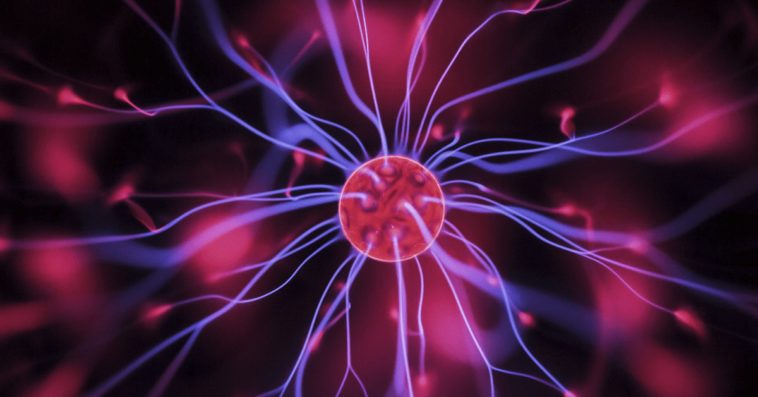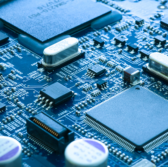Scientists at Lawrence Livermore National Laboratory were able to generate record-breaking fusion energy output with the help of targets and precision components fabricated by General Atomics.
The inertial confinement fusion experiment at LLNL’s National Ignition Facility produced 3.15 megajoules of energy, the first-ever fusion ignition recorded in a laboratory environment, the company said Monday.
General Atomics designs and fabricates more than 12,000 targets per year in support of four ICF projects in the U.S., including NIF’s program. NIF is managed by the Department of Energy’s National Nuclear Security Administration.
To achieve fusion ignition, NIF used its cutting-edge laser system to deliver 2.05 MJ of power to the target assembly. The reaction signifies an important milestone in the use of inertial fusion energy as a safe and effective nuclear deterrent.
“We congratulate LLNL and the NNSA for this breakthrough result, which is the culmination of many decades of hard work and close collaboration between countless individuals at LLNL, Los Alamos National Laboratory, Sandia National Laboratories, the University of Rochester’s Laboratory for Laser Energetics, and the fusion community at large,” said Mike Farrell, vice president of inertial fusion technologies at General Atomics.





